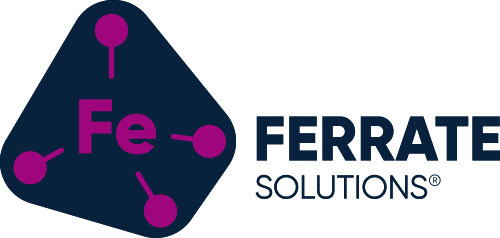Algae be gone!….. but when?
– Dr. Tom Waite, Founder, Ferrate Solutions® Inc
The FDEP has just begun its review of the Basin Management Action Plans (BMAP) for the State of Florida, which were issued five years ago. The Plans include projects that were to be implemented over the past five years, and estimates are provided of the amount of phosphorus that would (hopefully) be removed by each project. Upon review of the projects, it is obvious that most of them involve water impoundment, public outreach, and/or implementation of best management practices (BMP) on agricultural lands. While the projected removal of nutrients (only phosphorus) was at best an estimate, the result of all those projects is the current status of our surface waters; continual algal and bacterial blooms.
Recent views on our current situation clearly reflect different perspectives. For example, Mr. Kieman (September 20, 2019 USA Today) believes that water storage holds the broadest consensus of all technologies for controlling nutrients and algal blooms. He notes that his newest project will be an impoundment of 35,000 acre-feet and will “store” 300 billion gallons of water over the next 10 years. This is an example of typical management approaches over the past five years. In contrast Mr. Gillen (September 22, 2019, Florida Today) is challenging our elected officials to do more to “stop pollution”. He asks; “why is Lake Okeechobee full of algae”? He also notes that current remediation plans will extend into the future by more than 30 years.
The difference in these two articles is pronounced. In one case we deal with a process requiring a massive capital investment ostensibly to control nutrients and algae, that cannot be quantified in any form; either in actual amount of nutrient removed, or cost per pound of nutrient removed. Therefore, there is no way to compare this approach to real nutrient and/or algal removal systems. In the other case, we are asking for specific information about “pollution”. When will we expect relief from these insidious algal blooms?
Isn’t it time for every proposed remediation process to guarantee: amounts of nutrient reduction, time period for cleanup, unit cost of removal of nutrients, and the ability to address both nitrogen and phosphorus? Fortunately, the recent RFI issued by the FDEP concerning the Lake Okeechobee BMAP includes requested information about the items listed above. It is hoped that real technologies and solutions will be put forth and verified in order to guarantee quantifiable reductions in nutrients in short periods of time.
Speaking of technologies: the only cost-effective way to remove nutrients (and algae) from water on a large scale is via chemical precipitation utilizing inexpensive commercially available (green) iron compounds. They are effective (phosphorus removal and reuse), cheap and readily available world-wide, and are environmentally green. The process is infinitely scalable therefore it can treat huge volumes of water. The cost of the process is basically that of the chemicals, so treatment can increase or decrease with changes in water quality or stop if not needed.
Example Comparison:
BMAP Lake Okeechobee
PROJECTED PHOSPHORUS REMOVAL ALL SUB-WATERSHEDS
63.5 MT/yr. [estimated by FDEP]
COST SINCE 2014, $800M
ADDITIONAL PHOSPHORUS REDUCTIONS NEEDED TO MEET EXISISTING TMDL
200 MT/yr.**** [estimated by FDEP]
**** This amount of phosphorus (plus N & TSS) could be removed by one ferrate (high valence iron) treatment system (70 MGD) at a chemical cost < $4M/yr.

0 Comments